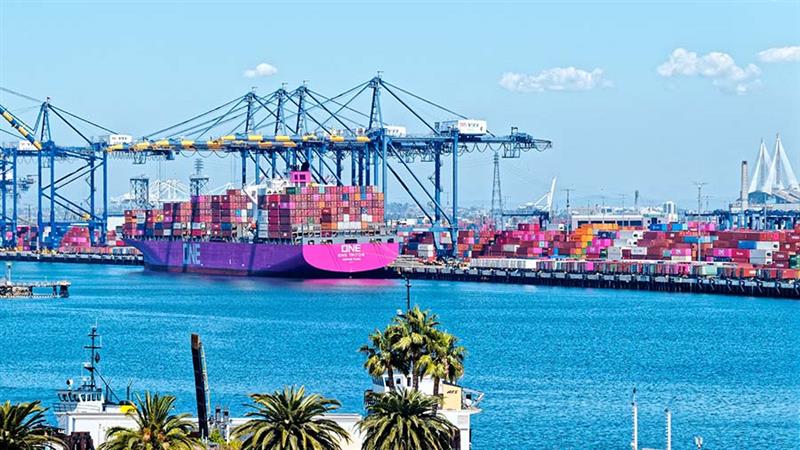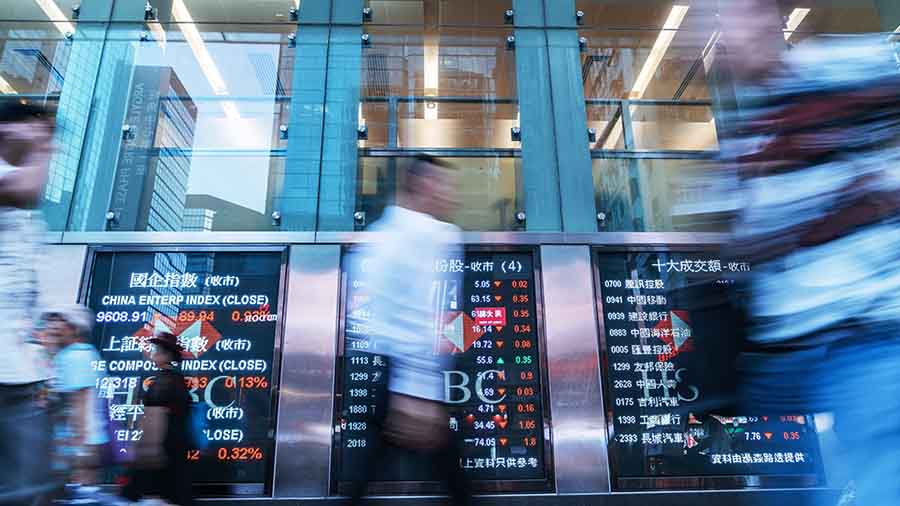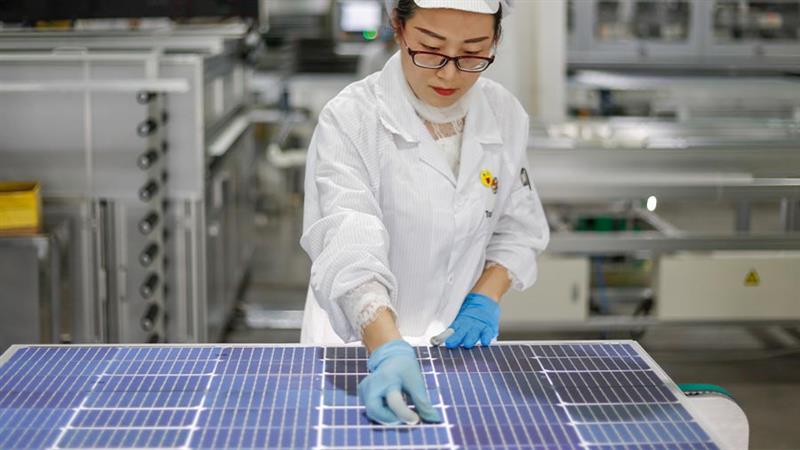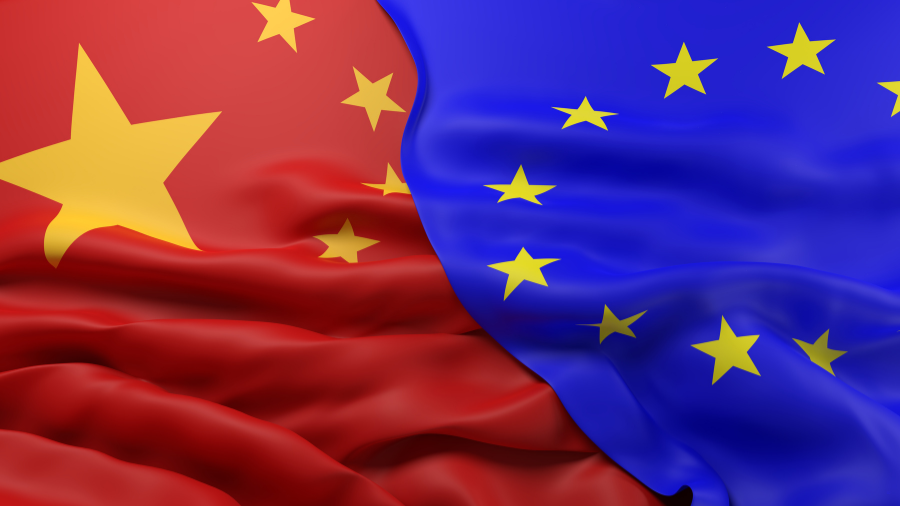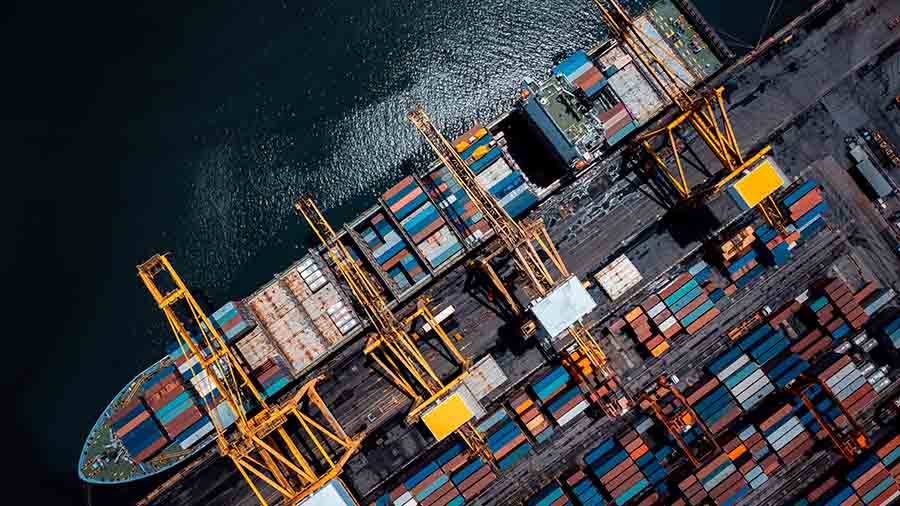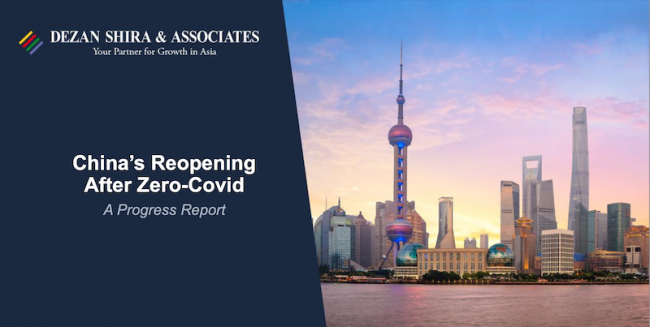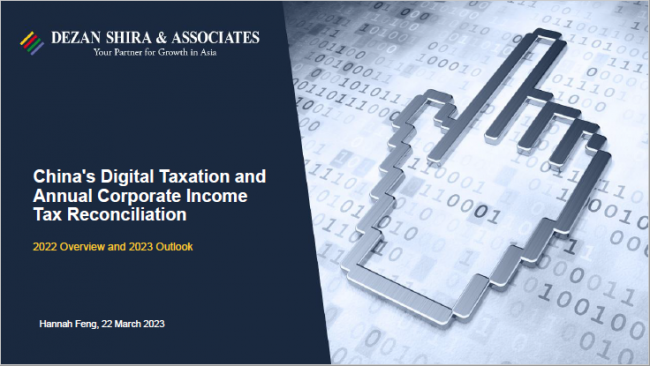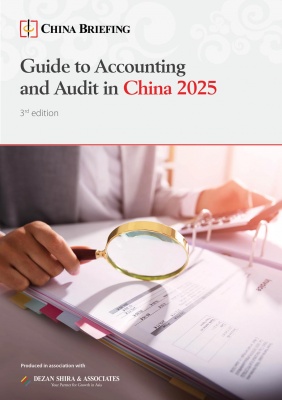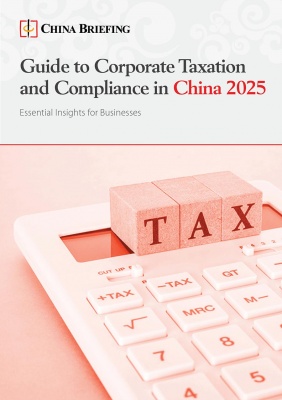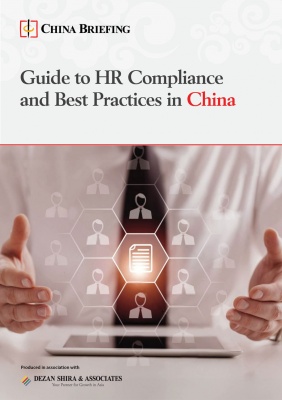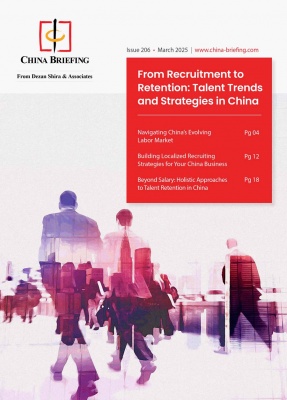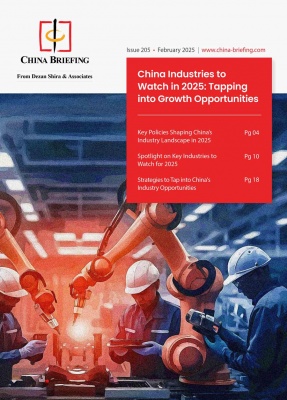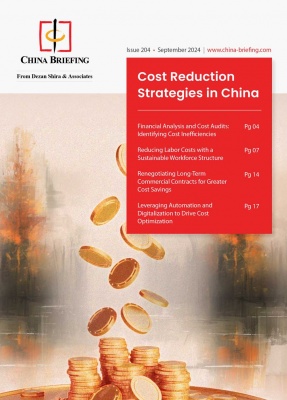How U.S. Tariffs Could Reshape the Philippine Economy and Key Export Sectors
The imposition of U.S. tariffs in 2025 has sparked renewed concern among Southeast Asian economies, and the Philippines is no exception. Facing a 17 percent tariff under Washington’s new reciprocal tariff framework, the country finds itself reassessing its position within global value chains. The implications are far-reaching — for exporters, policymakers, and especially foreign investors evaluating long-term potential in the Philippine economy.
With the United States accounting for a substantial portion of the country’s trade and investment inflows, understanding the impact of these tariff shifts is essential for any strategic business decision related to the Philippines.
The U.S.-Philippines trade relationship: A significant economic pillar
In 2024, the total trade value between the Philippines and the United States reached approximately US$23.5 billion, with US$14.2 billion in exports from the Philippines and US$9.3 billion in U.S. exports to the country. This placed the U.S. among the Philippines’ top trading partners.
During the same period, the Philippines’ total external trade in goods for April alone amounted to US$17.19 billion, a strong indicator of the U.S. market’s relative weight in sustaining Philippine export growth and manufacturing competitiveness.
As trade tensions escalate, any disruption to this commercial partnership could significantly affect both foreign exchange earnings and supply chain continuity for U.S.-based firms sourcing from the Philippines.
Electronics and semiconductors: The heart of the export economy
Electronics and semiconductors form the backbone of Philippine exports to the U.S., accounting for US$6.4 billion in 2024. These products fall under the broader category of electrical and electronic equipment and make up more than half of all Philippine exports to the American market.
Globally, semiconductors and microchips generated over US$30 billion in export revenue for the Philippines in 2024. The U.S. remained one of the top three destination markets, alongside China and Singapore. With electronics making up roughly 60 percent of all Philippine exports, the industry is central not just to the country’s trade portfolio, but to its economic resilience.
Fortunately, many of these goods are covered by the WTO’s Information Technology Agreement (ITA), which offers tariff exemptions on a wide array of tech products. This should shield a portion of the sector, especially high-value components, from the full impact of the new U.S. tariffs. However, lower-value segments like assembly and testing remain exposed, with potential pricing and margin pressures ahead.
For foreign manufacturers or U.S. buyers relying on Philippine semiconductors, the tariff’s impact may be limited in the short term — but vigilance is needed as cost structures evolve and sourcing models come under review.
Garments and textiles: A Vulnerable but Adaptive Industry
The Philippine garment and textile industry is far more susceptible to the adverse effects of tariffs. In 2022, the country exported approximately US$368.7 million in apparel to the U.S., which accounted for over 57 percent of its total apparel exports.
This upward trend continued in 2023, when total apparel exports to all destinations hit US$645.5 million, with the U.S. again taking the lion’s share. Early 2024 estimates show shirts alone accounting for US$39.3 million in export value during the first four months. The Foreign Buyers Association of the Philippines expects modest overall growth of around 2 percent in 2024, bolstered by recovery in U.S. consumer demand.
For foreign apparel brands with production facilities in the Philippines, this development could trigger decisions to renegotiate contracts, consider blended sourcing models, or pivot toward domestic and ASEAN markets where trade barriers remain lower.
Agriculture and food products: Modest impact, strategic potential
Agricultural exports are a smaller component of Philippine trade with the U.S., but they reflect strong demand for the country’s tropical climate-driven produce. Key exports include bananas, pineapples, mangoes, and a variety of coconut products — such as coconut oil, water, and desiccated coconut.
In 2023, the Philippines’ total agricultural exports reached US$6.43 billion. For Q1 2024, edible fruits and nuts accounted for approximately US$518 million, representing 30 percent of total agricultural exports. Coconut-based products continue to be among the most shipped categories to the U.S., maintaining the Philippines’ status as a leading coconut supplier globally.
These sectors are not as tariff-sensitive as industrial goods but are still vulnerable to shifts in retail pricing and consumer demand in the U.S. Importers and distributors may scale back orders or seek cheaper alternatives if additional costs are passed on to them.
Assessing the wider economic impact of tariff pressures
The timing of the tariffs comes amid economic headwinds. In March 2025, the Philippines posted a US$2 billion balance of payments deficit, reversing a healthy surplus earlier in the year. While this is not directly attributed to the tariffs, sustained export declines could worsen the external position and weaken the peso, making imports costlier and affecting domestic inflation.
Despite these concerns, agencies like the Asian Development Bank maintain a 6 percent growth forecast for 2025, citing strong domestic demand, public infrastructure programs, and relatively stable inflation.
For foreign investors, this suggests that while trade may slow, the broader Philippine economy remains on solid footing, supported by robust consumption and fiscal infrastructure outlays.
Government strategy: Trade diplomacy and CREATE MORE incentives
The Department of Trade and Industry has expressed intentions to engage in dialogue with U.S. trade officials to discuss tariff exemptions or potential realignment. In parallel, the Philippines is doubling down on market diversification — targeting increased exports to the Middle East, Africa, and non-traditional partners under the Regional Comprehensive Economic Partnership (RCEP).
In support of foreign investors, the government has also fast-tracked the implementation of the CREATE MORE Act, an expansion of the existing tax reform program. The Act offers:
- Up to 17 years of income tax holidays for qualified exporters
- Enhanced deductions for power costs, training expenses, and labor
- Streamlined approvals through the Fiscal Incentives Review Board (FIRB)
- Additional tax relief for investments in green infrastructure and innovation hubs
These benefits are designed to offset the negative impact of global tariff risks and make the Philippines more attractive for long-term capital.
Turning tariff risks into a competitive advantage
Paradoxically, the 17 percent U.S. tariff rate may present a relative advantage for the Philippines compared to other ASEAN exporters. Countries like Indonesia and Thailand reportedly face rates upward of 20 to 25 percent. In this light, the Philippines — while affected — could become a preferred alternative for manufacturers looking to shift operations away from higher-tariff zones.
This is particularly relevant for investors seeking to reposition supply chains in electronics, data center infrastructure, and consumer goods. The Philippines' English-speaking workforce, competitive labor costs, and improving logistics infrastructure bolster its value proposition as a friendshoring destination.
A calculated path forward for foreign investors
U.S. tariffs add an undeniable layer of complexity to trade strategy in the region, but for those with long-term perspectives, the Philippine economy offers fundamentals that remain attractive. Strong consumer demand, a reform-oriented government, and growing participation in global trade pacts signal resilience and readiness.
Foreign investors should continue monitoring tariff-related developments and explore expanding into less tariff-sensitive sectors like services, green energy, and digital infrastructure. With proactive government support and favorable regional positioning, the Philippines may yet turn this challenge into an opportunity.
This article first appeared on ASEAN Briefing, our sister platform.
